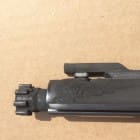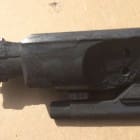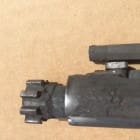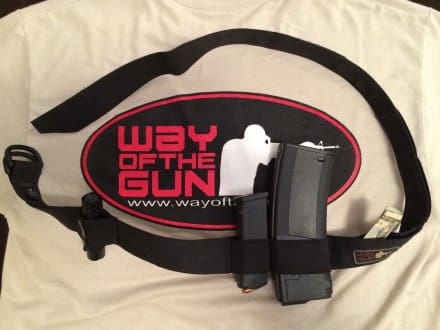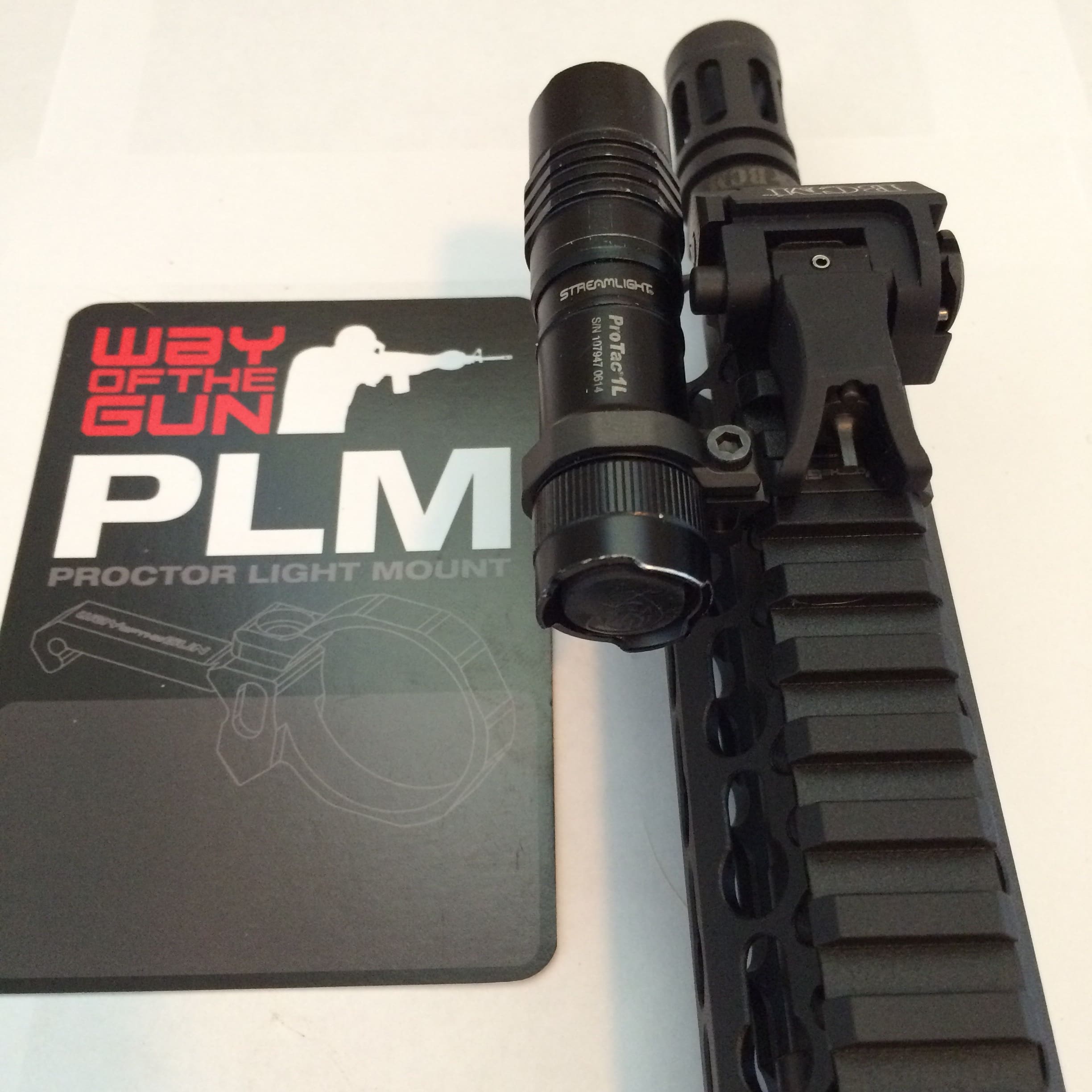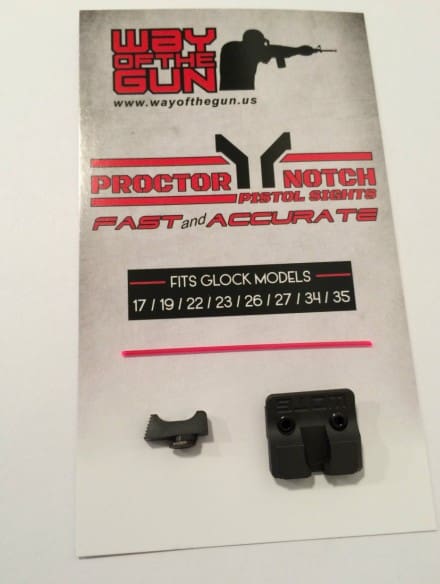How dirty can you Shoot and Gas impingement AR-15 and it still function?
First of all I’d like to say thanks for reading this and caring about shooting. In a recent discussion with some dudes after classes they asked how I like doing open enrollment classes. I absolutely love them because every dude or dudette there is a SHOOTER (regardless of profession or background) and wants to be better. I truly enjoy it and get great fulfillment from seeing that quest to get better regardless of current skill set. Thanks Y’all! Now onto this article.
I have long been a fan of the Gas Impingement AR-15/M-4 vs the piston guns. The gas guns get a bad rep because they dump a lot of carbon in the action causing alleged reliability issues, ect. I don’t dig the piston guns, because they are heavier, have a much less smooth recoil impulse, and I honestly feel they are a solution to a problem that doesn’t exist. In my experience, which is what I prefer to base opinion on, DI guns will run veeeery dirty.
In a basic carbine class I used to say that the gas guns will run dirty but they won’t run dry for very long; we should pull the bolt and put some oil on all the friction points and a couple other places every couple thousand rounds – still believe that’s a good practice. Last year, I tested out Lucas Extreme Duty Gun Oil. I was very happy with the way is stayed where I put it and how it provided good lubrication to the gun. After some testing I switched over to it for everything.
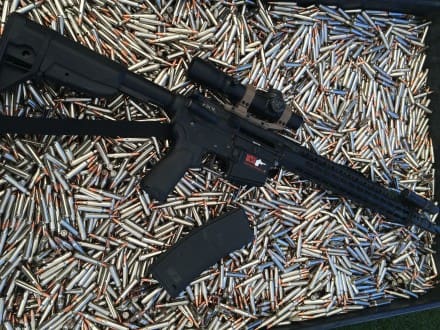
I got a new upper from BCM last year, and I wanted to see how well/long the Lucas Extreme Duty Gun Oil would work with just a single application. Since around November of last year I have put the rifle through some pretty hard use and put somewhere around 30K rounds through it: 7 classes in deserts, 4 classes in the rain, and a bunch of time in my pelican case that has dust, sand, debris, etc. in it. Well, last week it finally malfunctioned for the first time. I got the gun pretty hot several times and it got to where the carbon in the bolt seized a bit and wouldn’t let the firing pin go forward fast enough.I pulled the BCG out and put some more Lucas oil on everything and went back to shooting. I AM NOT going to clean this gun, I’m gonna keep on shooting it and see what happens should be interesting!
I posted these pics and info on Facebook and some of the comments were pretty funny: E-5s ordering me to do push-ups and such for having such a dirty gun, one fella said it made him want to puke looking at the gun, etc. I can assure those concerned that I have spent many an hour as a private cleaning an M-16 to cleaner than new standards and also plenty of hours after various phases of the Q course cleaning guns to time rather than to standard. After that, I have also put a bunch of rounds – never counted but safe to say over 200k – through an M-4 or AR-15 during some pretty hard use. Simply put, I have a very good personal understanding of what the gun will take and how to take care of it to the point that it will always work when I need it! That’s how I roll with my rifle: reliable but not definitely not basic training private clean.
Thanks Y’all!
-Frank Proctor
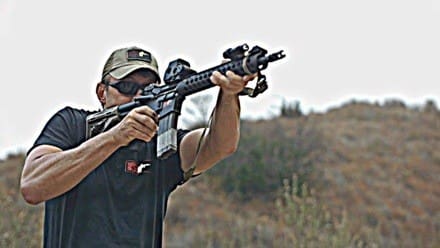
Frank Proctor has served over 18 years in the military, the last 11 of those in US Army Special Forces. During his multiple combat tours in Afghanistan & Iraq he had the privilege to serve with and learn from many seasoned veteran Special Forces Operators so their combined years of knowledge and experience has helped him to become a better operator & instructor. While serving as an instructor at the Special Forces Advanced Urban Combat Course he was drawn to competitive shooting. He has since earned the USPSA Grand Master ranking in the Limited Division and Master ranking in the IDPA Stock Service Pistol division. He learned a great deal from shooting in competition and this has helped him to become to become a better tactical shooter. Frank is one of the few individuals able to bring the experiences of U.S. Army Special Forces, Competitive Shooting, and veteran Instructor to every class.
All this experience combines to make Frank Proctor a well-rounded shooter and instructor capable of helping you to achieve your goal of becoming a better shooter.
Gunfighter Moment is a weekly feature brought to you by Alias Training & Security Services. Each week Alias brings us a different Trainer and in turn they offer some words of wisdom.



